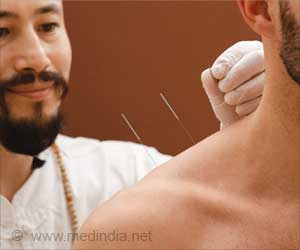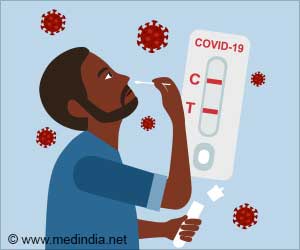
Infections that were once easily treatable are now becoming life-threatening due to the growing threat of Antimicrobial Resistance (AMR). This alarming trend, highlighted by Dr. Rajesh Sambhajirao Pandav, the World Health Organization (WHO) Representative to Nepal. Speaking at the South Asia Sub-Regional Media Workshop on Antimicrobial Resistance held in Kathmandu, Dr. Pandav emphasized that even minor injuries, routine surgeries, or common infections could become fatal if antimicrobials fail(1✔ ✔Trusted Source
No One Is Immune To Antimicrobial Resistance
).
Advertisement
Rising Threat of Antimicrobial Resistance
Antimicrobial resistance (AMR) occurs when bacteria, viruses, fungi, or parasites evolve and no longer respond to medications designed to treat them. This resistance not only makes infections harder to treat but also increases the risk of disease spread, severe illness, and death.
“It is crucial to understand that it is the disease-causing microbes, not humans, animals, or plants, that develop resistance to medicines,” explained Dr. Pandav. “This means that even if an individual uses antibiotics responsibly, they can still be at risk of acquiring a drug-resistant infection.”
AMR has the potential to reverse decades of medical progress, turning previously treatable infections into life-threatening conditions. Dr. Pandav pointed out that AMR is one of the top 10 global health threats identified by WHO. The consequences of AMR are severe, leading to prolonged hospital stays, higher medical costs, increased disability, morbidity, and mortality. The impact of AMR extends beyond individuals, affecting families, environmental health, agriculture, food production, and livelihoods.
The statistics are sobering: In 2019, nearly 5 million deaths were associated with bacterial AMR, including 1.27 million directly attributable to it. “Raising awareness is our first line of defense against AMR. It is a collective responsibility, and the media plays a crucial role in shaping public opinion, influencing policy, and dispelling myths and misinformation,” said Dr. Pandav.
Advertisement
South Asia’s Response to Antimicrobial Resistance
The South Asia Sub-Regional Media Workshop on Antimicrobial Resistance, organized by Health TV Online in collaboration with the Ministry of Health and Population of Nepal and other partners, aimed to raise awareness among media personnel about the critical issue of AMR.
Kalpana Acharya, Organizing Chairperson of the workshop and Editor-in-Chief of Health TV Online, emphasized the need for simple, consistent, and clear public messaging on AMR. She highlighted that four major agencies, the Food and Agriculture Organization of the United Nations (FAO), WHO, World Organisation for Animal Health (WOAH), and United Nations Environment Programme (UNEP),have prioritized working with the media to combat AMR globally.
Advertisement
Nepal’s National Action Plan on Antimicrobial Resistance
Nepal has made significant strides in addressing AMR. The Ministry of Health and Population has successfully endorsed the National Action Plan on AMR (2024-2028), which outlines five strategic priorities:
1. Improve awareness and understanding of Antimicrobial Resistance through effective communication, education and training
2. Strengthen the knowledge and evidence through surveillance and research
3. Reduce the incidence of infection through effective infection prevention and control
4. Optimize the use of antimicrobial agents in human, animal and food, and
5. Promote investments for Antimicrobial Resistance activities, research and innovations.
Dr. Madan Kumar Upadhyaya, Chief of Quality Standards and Regulation Division, Ministry of Health and Population of Nepal, outlined the challenges in implementing and monitoring the National Action Plan. These include limited technical capacity, budgetary resources, and access to diagnostic microbiology facilities at the subnational level.
As the world grapples with the growing threat of Antimicrobial Resistance, it is clear that coordinated efforts across all sectors like health, agriculture, environment, and beyond—are essential. The stakes are high, but with increased awareness, responsible antimicrobial use, and global cooperation, the battle against AMR can be won. The time to act is now.
Reference:
- No One Is Immune To Antimicrobial Resistance – (https://www.scoop.co.nz/stories/WO2408/S00089/no-one-is-immune-to-antimicrobial-resistance.htm#:~:text=No%20one%20is%20immune%20to%20AMR&text=AMR%20is%20making%20infections%20harder,food%20productions%2C%20and%20livelihoods.%22)
Source-Medindia



